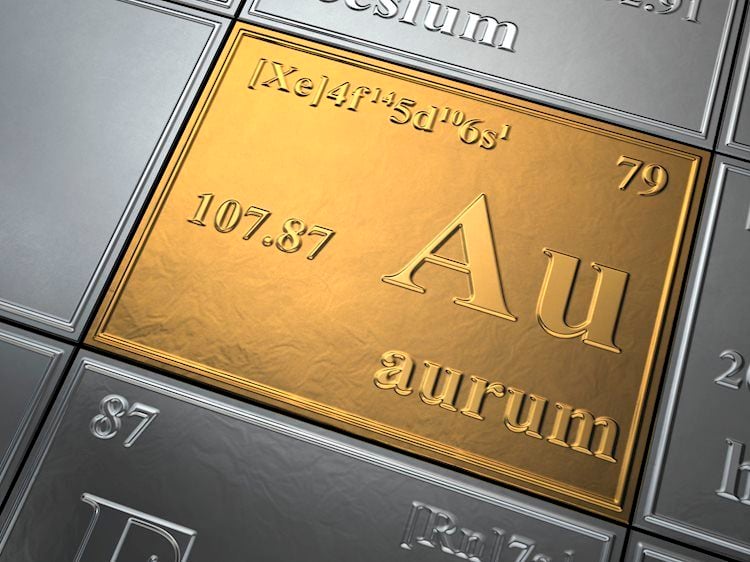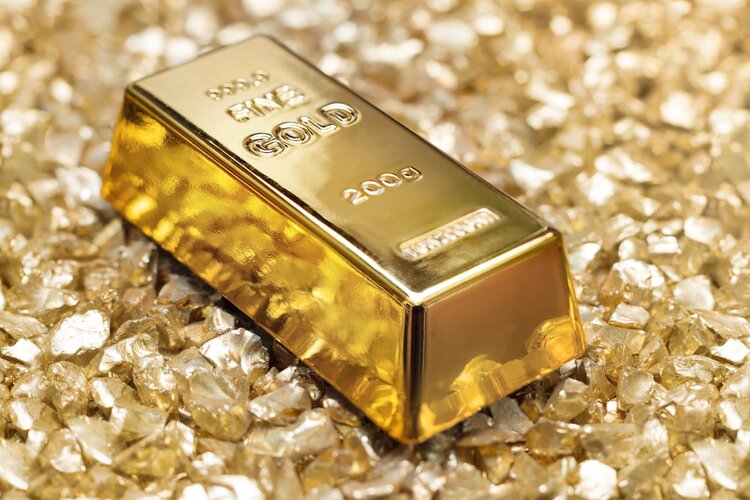The Gold price has surged to its highest level in six days, reaching near $2,030 early Thursday. This increase has been attributed to a dovish pivot in the Federal Reserve’s monetary policy outlook for 2024. The Fed decided to hold policy rates steady at 5.25%-5.50% target range, but its projections indicated potential rate cuts of 75 basis points next year. Fed Chair Jerome Powell further supported this outlook by suggesting that a rate cut is the next likely policy move, as concerns over the economic outlook resurface.
As a result of the Fed’s decision, the benchmark 10-year US Treasury bond yields dropped to a four-month low of 3.971%, while the US Dollar Index fell to its lowest level since August at 102.56. This dovish stance by the Fed has also impacted expectations for the Bank of England (BoE) and the European Central Bank (ECB), with markets anticipating similar policy pivots from these central banks.
The technical analysis of the Gold price on the daily chart indicates a bullish trend, with the 14-day Relative Strength Index (RSI) holding steady and suggesting potential for further gains. However, it is also important to note that potential rejection near the $2050 region could lead to renewed selling pressure, with support seen at the 50-day and 200-day Simple Moving Averages (SMA) at $2,012 and $1,954 respectively.
In addition to the Fed’s dovish pivot, the price of Gold is influenced by a variety of factors, including geopolitical instability, fears of recession, and the behavior of the US Dollar. As evidenced by the inverse correlation with the US Dollar and US Treasuries, Gold is widely considered a safe-haven asset and tends to rise in times of market turbulence. Furthermore, Central banks, particularly those from emerging economies, have been increasing their Gold reserves, which adds to the metal’s appeal as a store of value and a hedge against inflation and depreciating currencies.
Overall, the Gold price outlook appears constructive, with potential for further upside as central banks, including the BoE and ECB, pivot towards more accommodative monetary policies. This creates a win-win situation for Gold, as global central banks return to policy normalization and inflation concerns ease. This provides a strong narrative for the precious metal, making it an attractive investment asset for many investors and central banks alike.









